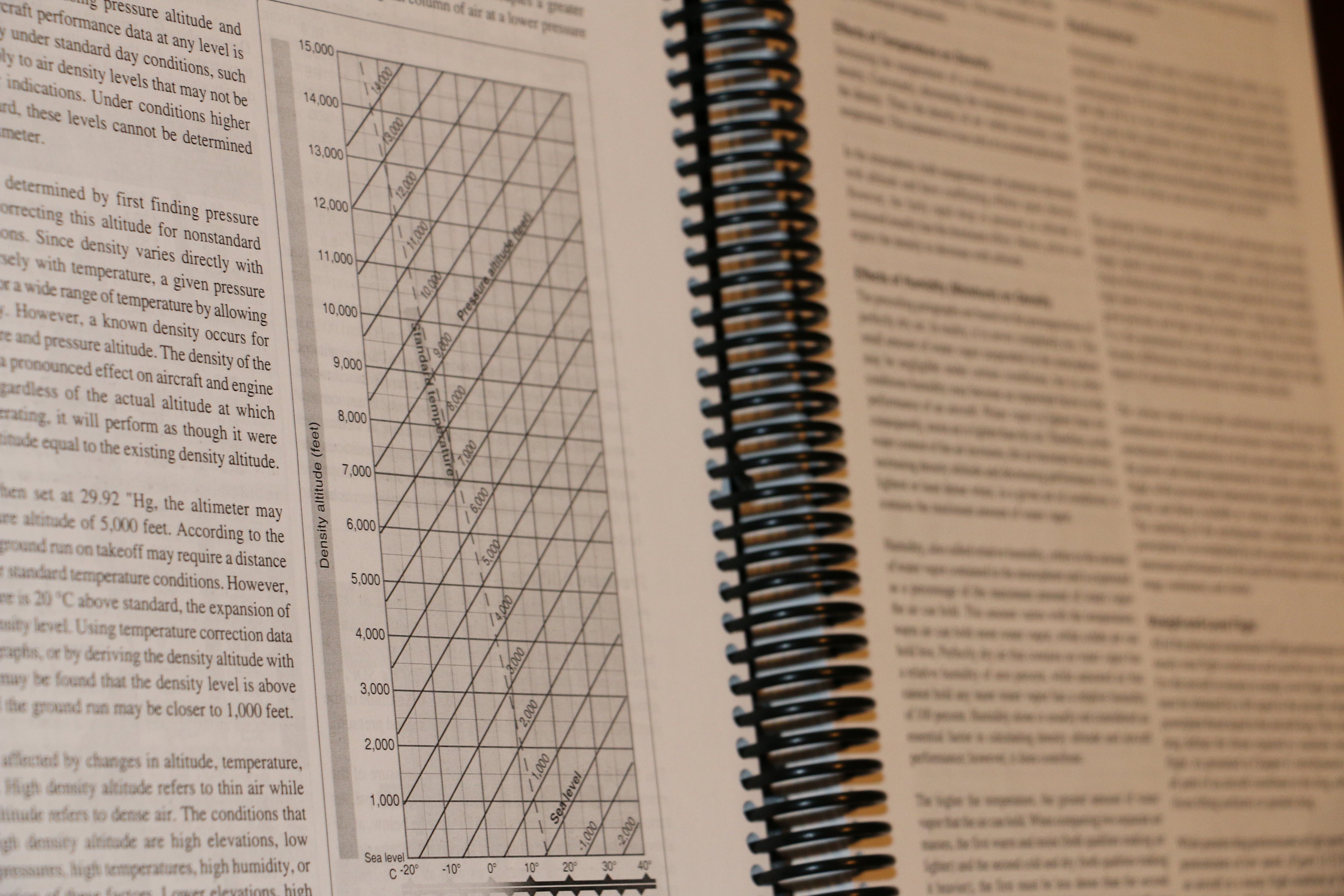How do I get a pilot license and how long does it take?
How much does it cost to become a pilot?
What types of pilot careers are there?
-
RookiePilot exists to answer these plus other questions and to:
- Help guide you through your journey in becoming a pilot – whether you want to fly simply for fun or as a career
- Provide you with the tools to succeed along the way
-
Learning to fly is very challenging in that it requires becoming well versed in a number of unfamiliar topics (aerodynamics, weather, airplane systems, airspaces, regulations, flight planning, etc.), but because it is so difficult it is equally rewarding.
-
What is the first step to become a pilot? Find out if it’s something you enjoy! We recommend taking a ‘discovery flight’ at your local flight school and taking a personality test if you are interested in a career in aviation. Review our Checklists on the steps to become a pilot, regardless of what type of flying you want to do.
The Basics

Pilot Certificates & Ratings
There are several types of Pilot Certificates from Private Pilot, which allows you to fly for personal use, to Airline Transport Pilot (ATP), which allows you to fly for an airline. There are also Ratings, which allow you to fly in the clouds and in specific classes of airplanes. How long it takes to earn each certificate and rating varies.

Medical Certificates
Becoming any type of pilot requires obtaining a Medical Certificate from an aviation medical examiner (AME).

Written Exams & Checkrides
For every pilot certificate sought there is a written exam that must be passed and a “checkride.” A checkride is comprised of an oral exam that ranges from approximately 1 hour to 4 hours and a practical exam (flight).
Types of Piloting

Career
There are numerous career options for pilots, all of which have different salaries and schedules associated with them: from flying for an airline to fighting fires, freight to aerial photography, "private jets" for the rich and famous to crop dusting and so on!

Hobby
Flying for fun will provide you and your passengers with amazing experiences you’ll cherish forever. Whether simply taking a friend or family member up to show them a new perspective, traveling for vacation or even just to grab breakfast, you’ll truly understand life is about the journey, not the destination.
Learn to Fly

Flight Training
Prospective student pilots can learn to fly through: a Certified Flight Instructor (CFI) operating individually at a local airport, an independent flight school, a flight school through a university, or the military. Many airlines and some companies also sponsor their own full-time flight program.

Funding
Becoming a pilot is an expensive endeavor. For part-time flight training, payment is paid out of pocket, while full-time programs are usually paid via a loan. There are also scholarships that you can apply for to alleviate some tuition costs.
How to Succeed

Online Courses
Whether you attend a 14 CFR Part 61 or Part 141 flight school, online ground school courses (both 14 CFR Part 61 and 141 approved) are available as a primary or supplemental means of obtaining the aviation knowledge that is tested in the written exam and oral exam portion of a checkride.

Written Test Prep
Many online ground schools offer practice exams that emulate the actual written exam you will be taking. Practice tests help to confirm knowledge areas you think you know well and to focus your attention on areas that need further study. There are also other test prep providers that provide a bank of the actual questions that will appear on your FAA written exam.

Checkride Prep
A checkride is comprised of an oral exam that ranges from approximately 1-4 hours and a practical exam (flight). While your flight instructor will prepare you for the flight portion of the checkride, a significant amount of time and effort are required by you to prepare for the oral exam. RookiePilot offers comprehensive, digital flashcards to more effectively understand topics that will be included in your oral exam.
Resources

FAA Resources
The FAA provides a substantial amount of information to student pilots in the form of aviation regulations, manuals, handbooks, ‘Advisory Circulars’ and certification standards in order to become competent and safe pilots.

Pilot Tools
There are numerous essential and "nice-to-have" tools to aid in flying an airplane, from headsets, kneeboards, and logbooks to an electronic flight computer, flashlight, and pulse oximeter.

Checklists
Checklists are used throughout flying from preflight to help make sure the airplane is airworthy, starting and shutting down, and during normal and abnormal operation. They provide a systematic approach for safe and efficient operation. RookiePilot provides checklists to make sure you have what you need in order to start your flying adventure on the right foot.

Tips & Tricks
Learn from our mistakes! We have a wealth of tips and tricks across a wide range of topics: written exam prep, oral exam prep, practical exam prep, clothing, hydration, logbook, and budgeting.
